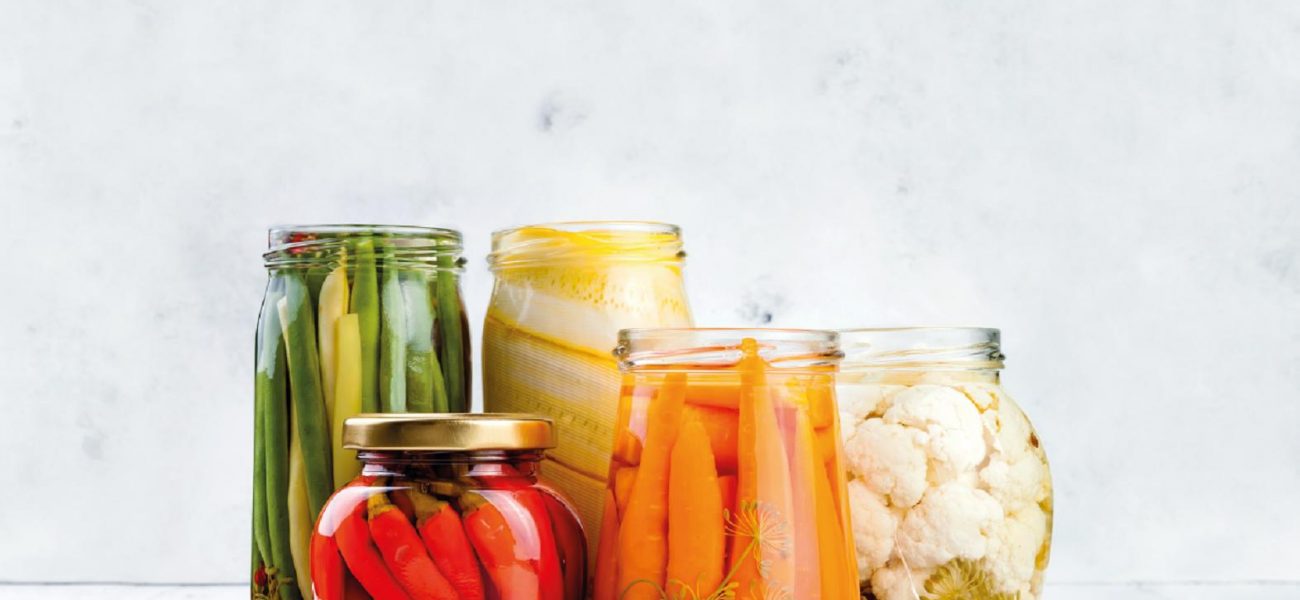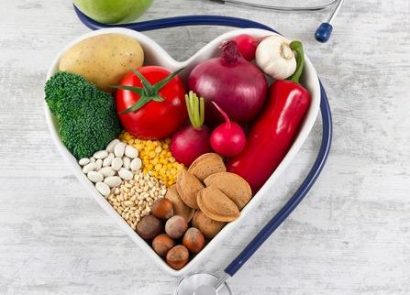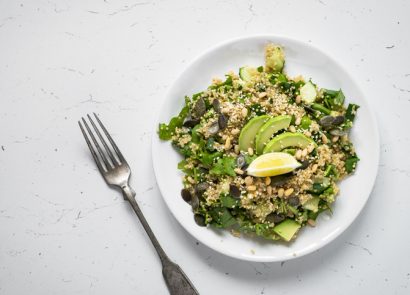Do you know your kombucha from your kimchi? What about your kefir from your sauerkraut? Fermented foods may be trendy but they’ve existed for thousands of years and actually started life as a preservation method. Packed with probiotics, these hero bites live up to their healthy reputation and are great for looking after your gut. “We all house trillions of different bacteria and microbes in our bodies,” explains Natalie Lamb, nutritional therapist for Bio-Kult (bio-kult.co.uk). “Beneficial bacteria play an essential role as our first line of defence against pathogens (disease causing organisms) by supporting efficient digestive function and our immunity. But, a number of factors can compromise the delicate balance of beneficial bacteria throughout the body, such as antibiotic therapy, infection, stress, travel or eating unhealthily over a period of time.” With life’s everyday stresses, how can we ensure we maintain the natural balance of our resident gut microflora? “One potential solution is to consume foods containing live microorganisms, known as fermented foods,” says Natalie. If you’re not sure where to start, let our experts guide you…
What are fermented foods?
“Fermented foods containing live bacteria have been eaten by different people from different cultures all over the world for centuries,” says nutritional therapist Jeanette Hyde (thecollectivedairy.com). “Originally, fermenting foods was a method used to store produce such as pickles and dairy through the winter before people had fridges in their kitchens. Over the last century in the western world, we have eaten increasingly fewer fermented foods; the more sophisticated our fridges and food additives have become, the longer foods have lasted.” However, recent research has revealed their powerful health benefits. “Emerging science on gut bacteria is taking many people back to fermented food,” explains Jeanette. “We’re now learning how helpful the live bacteria they contain are to our digestive systems and, consequently, the rest of our health.”
What are the benefits?
“These days, most of us know that if you want to be happy and healthy, you need to look after your gut,” says River Cottage’s nutritionist Naomi Devlin (rivercottage.net). “But what exactly keeps your gut happy, and how do you fit that into a busy schedule? There are two simple words to remember when it comes to nourishing your gut: prebiotic and probiotic. Prebiotic food provides friendly microbes with the soluble fibre they like to munch on, and feeding them well keeps your gut microbiome balanced and healthy. You’ll find prebiotic fibre in lots of everyday foods, such as onions, garlic, leeks, asparagus, cabbage, kale, broccoli, pulses, fruit, seeds and roots, including salsify, celeriac and Jerusalem artichokes.”
However, Naomi points out that, if you don’t eat many of these foods at the moment, you should begin by slowly increasing the amount you consume to avoid any bloating.
“Probiotic food contains the microbes themselves, usually because it’s been fermented,” adds Naomi. “Fermented food might sound unfamiliar, but it’s probably already part of your diet in the form of yoghurt, cheese, tea, coffee, chocolate or olives. The important thing to look for when you buy fermented food is that it has not been heat treated by pasteurisation or roasting, so that the microbes are live.
You’ll usually find it in a fridge. Ferments like sauerkraut and kimchi combine prebiotic cabbage with the probiotic bacteria used in the fermentation, making them perfect gut tonics that should be eaten little and often, as they contain higher levels of salt than unfermented food. Fermenting transforms indigestible elements of food so that we can absorb nutrients better, as well as preserving nutrients and enzymes in food better than canning or drying does.”
There are further health benefits to these foods, too. “Fermentation of the milk sugar lactose by the enzyme lactase makes it easier to digest for lactose intolerance sufferers, with one study showing kefir to reduce perceived severity of flatulence by 54 percent,” says Natalie. “Fermented vegetables are said to improve digestion if eaten with a meal, particularly meals high in animal protein. Vegetable fermentation is known to begin the breakdown of the vegetables, particularly fermentable carbohydrates, making them easier to tolerate for those with sensitive IBS.”
And it’s not just food you should be looking out for: “There are also fermented drinks that are particularly good for repopulating the gut, such as milk and water kefir, kvass and kombucha – these should ideally be drunk on an empty stomach first thing in the morning 15 minutes before eating,” suggests Naomi.
3 diy fermented foods
Sauerkraut
This is one of the most well-known traditional fermented foods, as well as being one of the easiest to make. “Simply pack some shredded cabbage with some salt into a sterile container, such as mason jar,” says nutritional therapist Shona Wilkinson (shonawilkinson.com). “The cabbage releases a liquid which acts as its own brining solution. Leave it for a week or two and the cabbage will slowly ferment into sauerkraut.”
Kimchi
Although they’re both based on cabbage, the main differences between sauerkraut and kimchi is that the former relies on just two ingredients, whereas you can include ingredients such as ginger, chilli and other vegetables in kimchi. Simply massage salt into the cabbage and mix in your other spices and veg. Pack it all into a sterile mason jar until the brine rises up to cover the vegetables and leave it at room temperature to ferment for up to five days.
Kefir
Think of kefir as drinkable, pourable yoghurt. It’s easy to make – all you need to do is add a teaspoon of kefir grains to a glass of milk and leave it out at room temperature for about 24 hours. Kefir grains are small cell structures that contain the bacteria and yeast that ferment the milk and are easy to find online (try happykombucha.co.uk). The best part is that you can strain out the grains and re-use them!





















